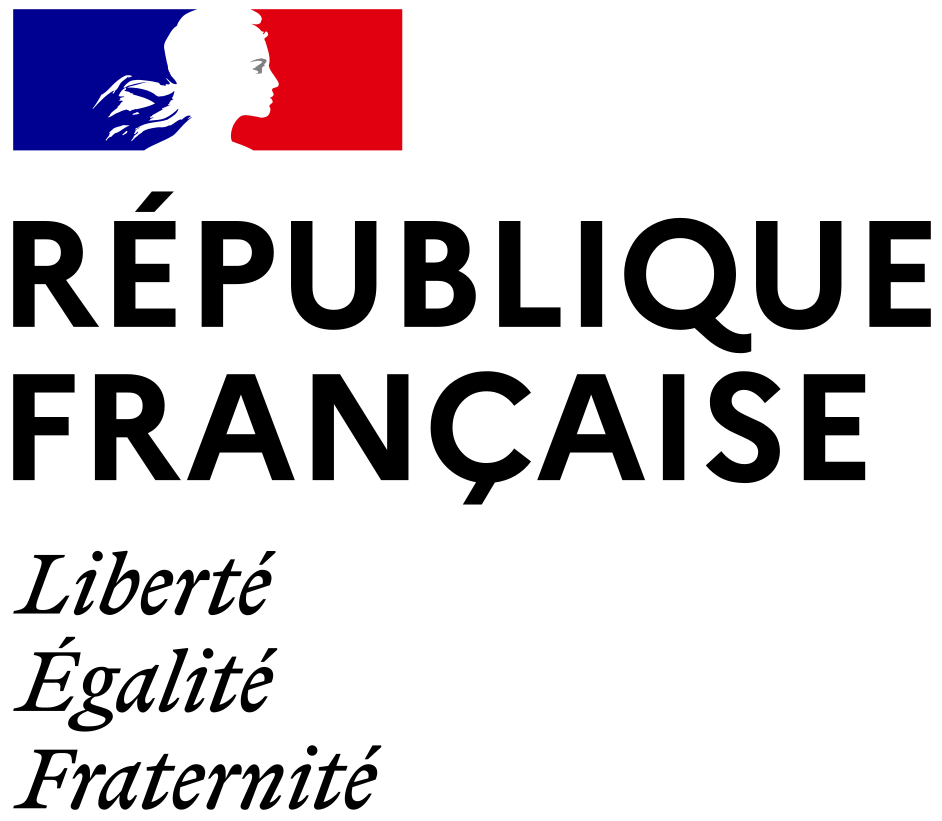Rings and axeheads of Alpine jades: imports to and exports from the Gulf of Morbihan during the 5th millennium and the beginning of the 4th millennium
Résumé
During the 5th millennium BC, the gulf of Morbihan played a major role in the circulation of socially-valued goods, especially those made from Alpine jades (jadeitite, omphacitite, eclogite, some serpentinites and, more rarely, nephrite), in the form of disc-rings and polished axeheads. This contribution begins with a review of the findspot contexts of these exotic objects which had circulated over hundreds of kilometres before being deposited and consecrated. It then uses a cartographic approach to demonstrate the role played by the Morbihan area in the processes of attracting, transforming and (in some cases) rejecting these precious social signifiers. In following the circulation routes of Alpine axeheads and rings, taking into account their typology and chronology, one can identify connections between Morbihan and the western Iberian peninsula, where objects made from variscite were also involved in impressive long-distance exchanges, while the presence of ‘Carnac-type’ polished axeheads illustrates the diffusion of new forms of mythology that had originated in Morbihan. Finally, we shall consider jewellery made from Alpine paragonite (which visually resembles variscite) which appears not to have reached as far as Morbihan, even though beads and pendants made from Iberian variscite were accumulated and hoarded in that region, some of them travelling onwards towards the Alps, along the routes that had been taken by the Alpine axeheads.
Pendant le Ve millénaire, le golfe du Morbihan a joué un rôle primordial dans la circulation de biens socialement valorisés, en particulier des jades alpins (jadéitite, omphacitite, éclogites fines, certaines serpentinites ou plus rarement des néphrites) mis en forme d’anneaux ou de haches polies. Après un rappel des contextes de découverte, où la plupart de ces objets exotiques circulant sur des centaines de kilomètres ont été déposés et consacrés, une approche cartographique permettra de préciser le rôle du Morbihan dans les processus d’attraction, de transformation ou de rejet de ces signes sociaux précieux. En suivant les axes de circulation des lames polies et des anneaux alpins, selon les types et leur chronologie, des rapports seront soulignés entre Morbihan et ouest de la péninsule Ibérique, où la variscite a également soutenu d’impressionnants transferts à longue distance, tandis que les lames polies de type carnacéen illustraient la diffusion de nouvelles formes de mythologie nées en Morbihan. Enfin, on s’interrogera sur certaines parures en paragonite alpine (visuellement proche de la variscite) qui semblent ne pas avoir atteint le Morbihan, tandis que perles et pendeloques en variscite ibérique ont été accumulées et thésaurisées dans cette région, certaines d’entre elles reprenant en sens inverse les pistes d’arrivée des haches alpines.

